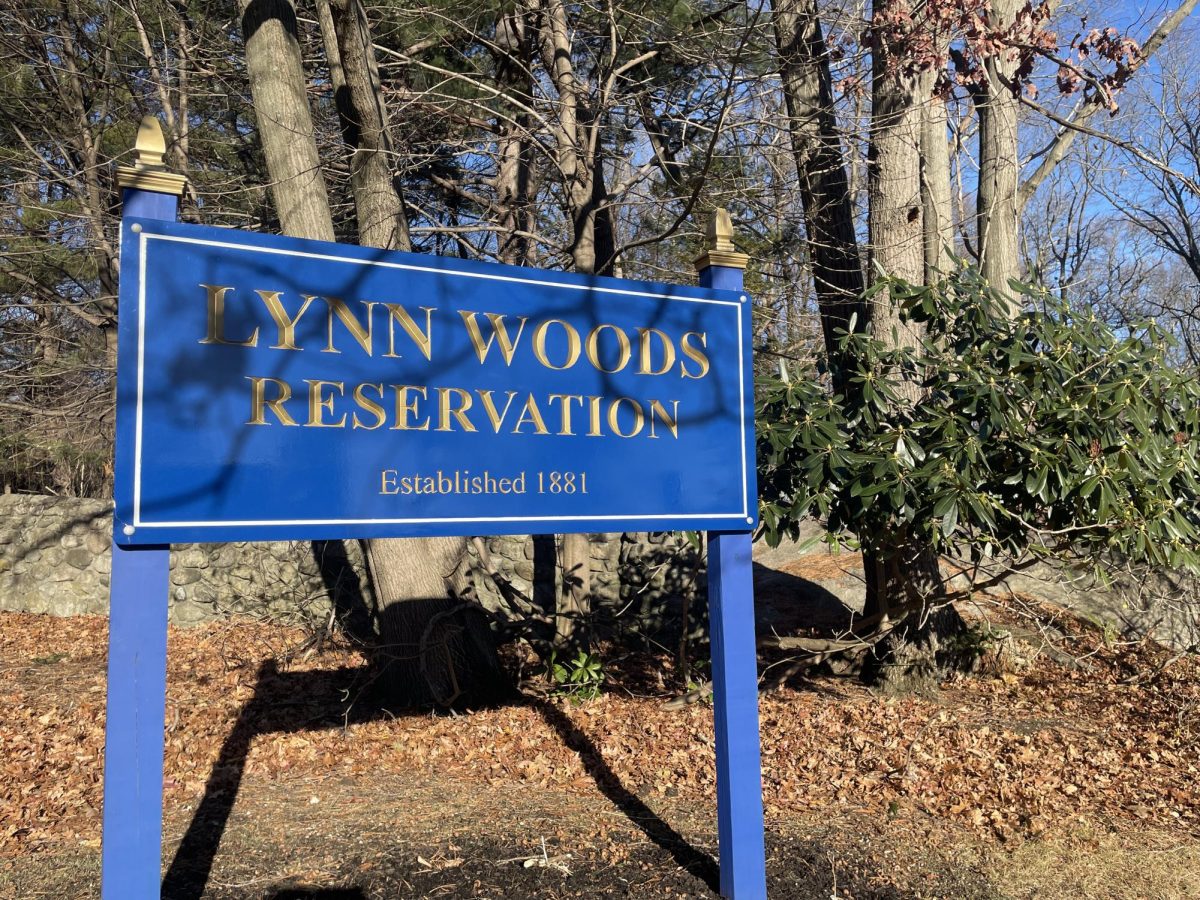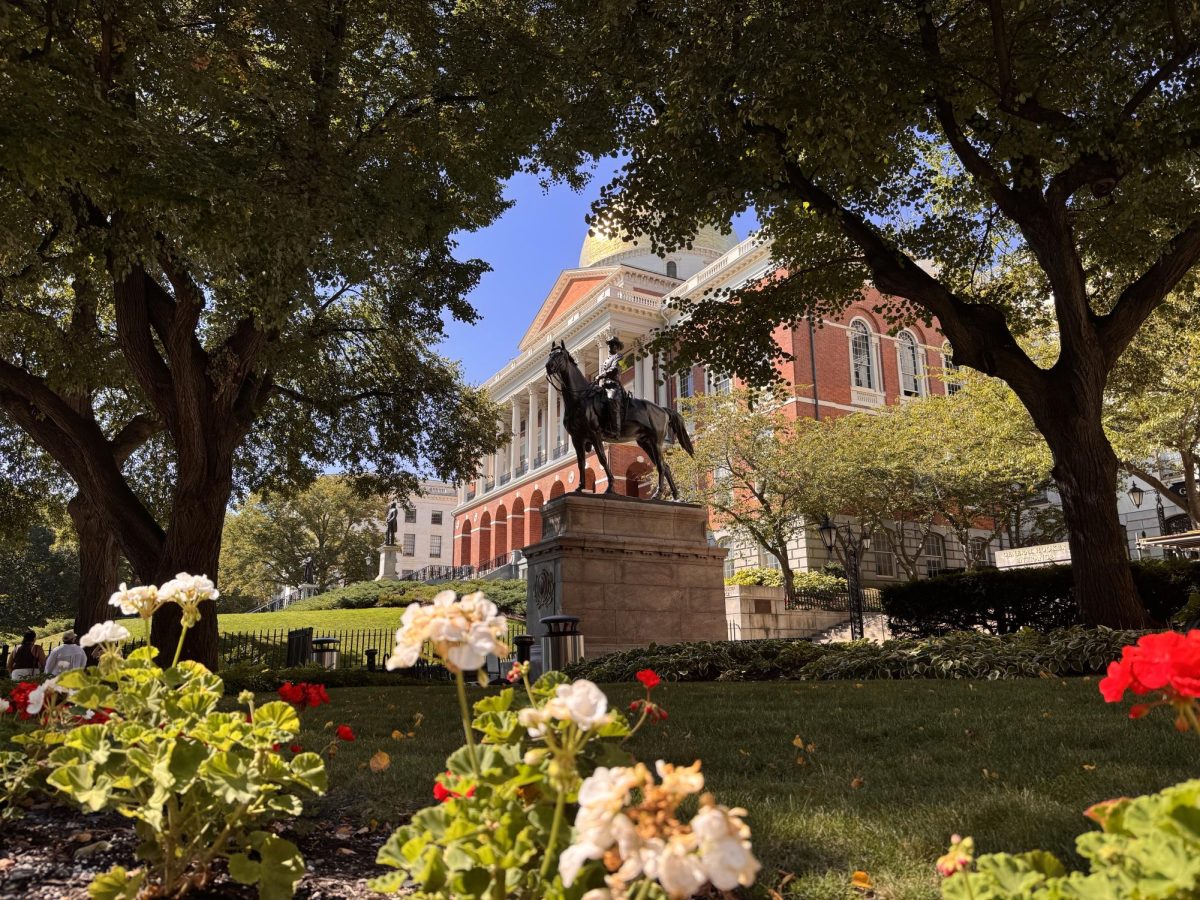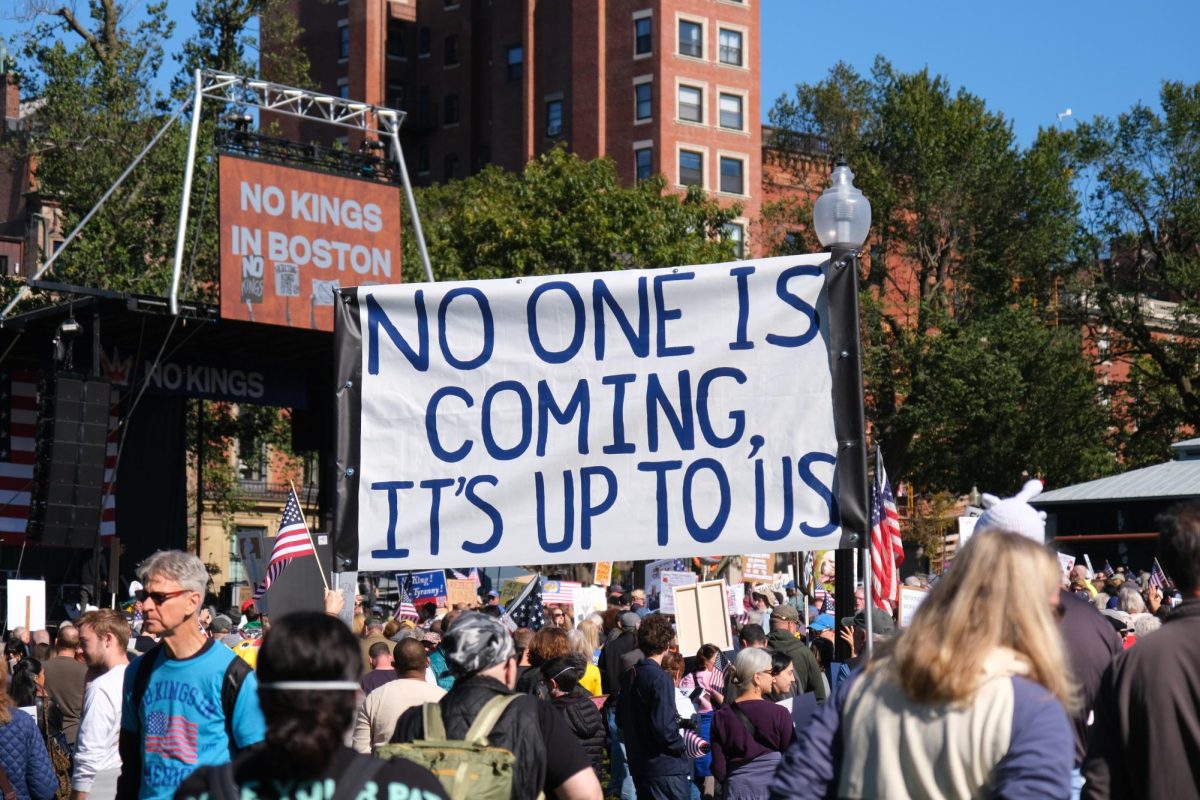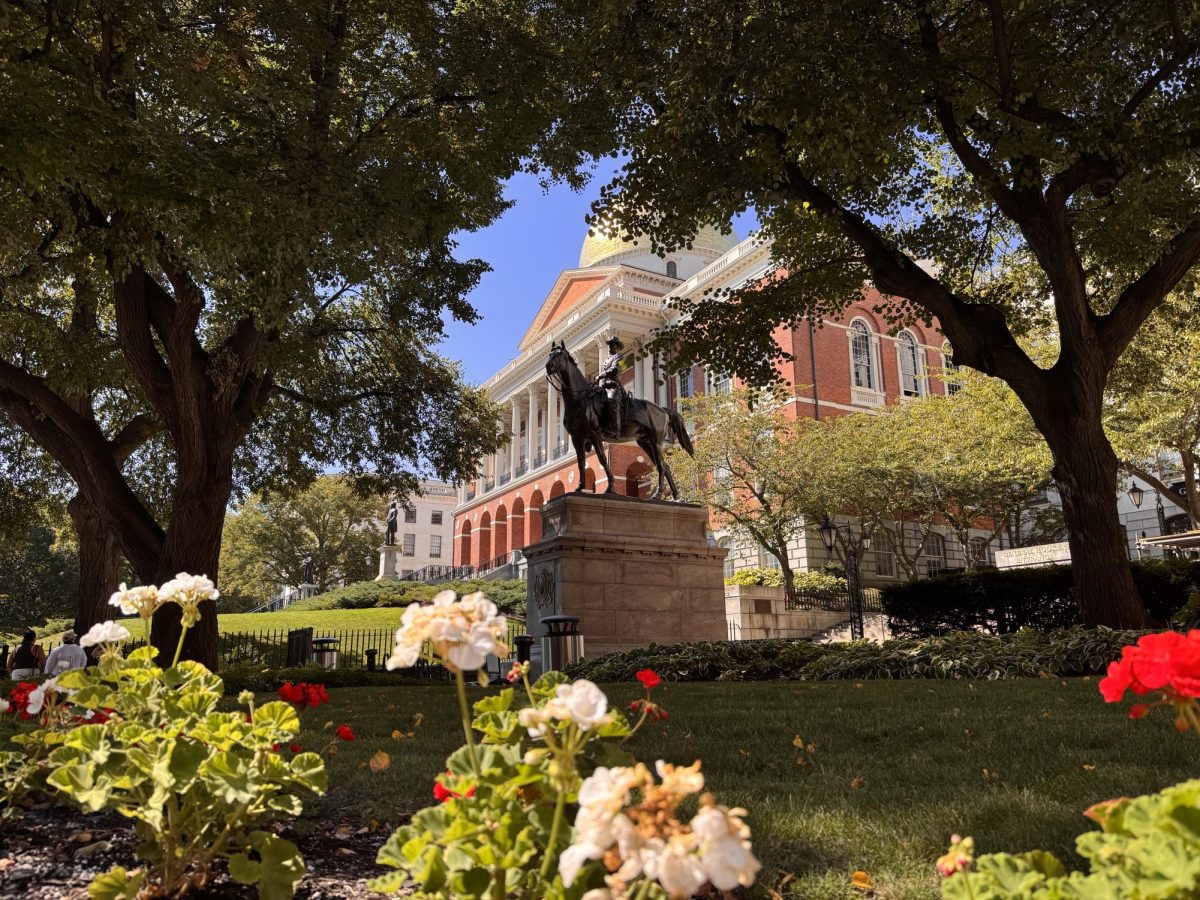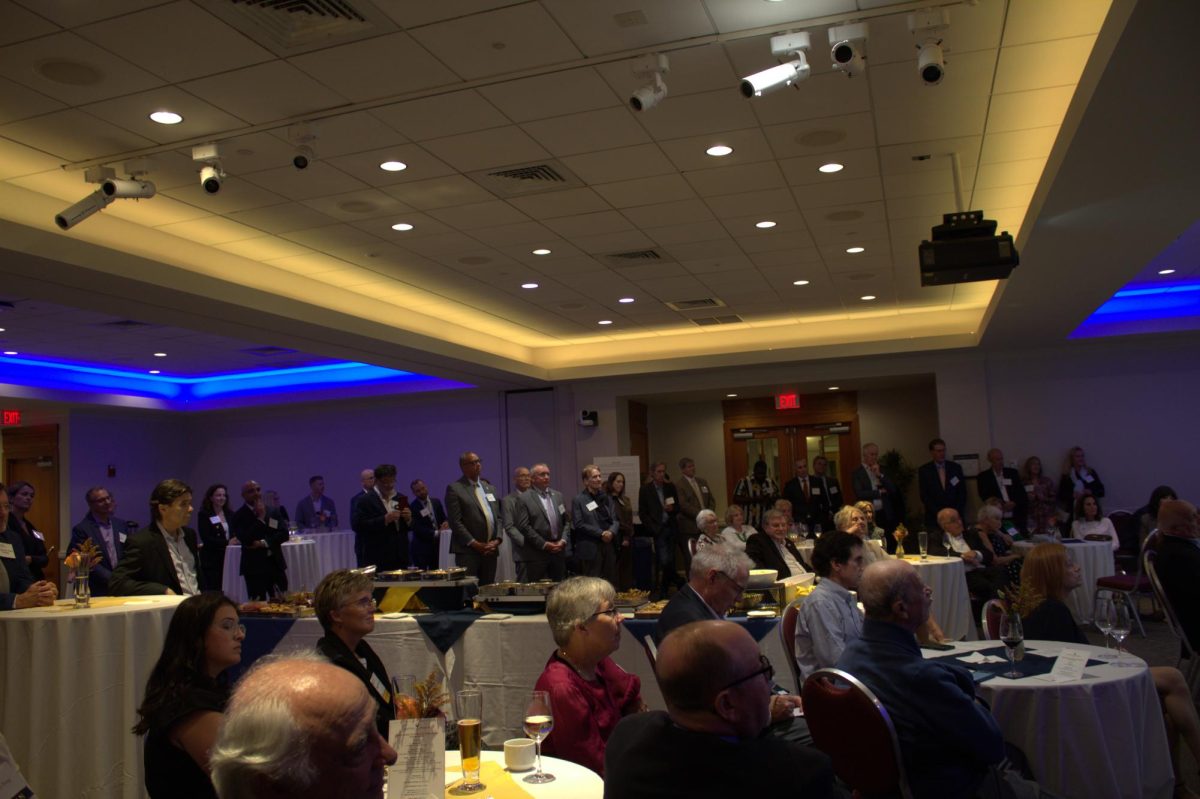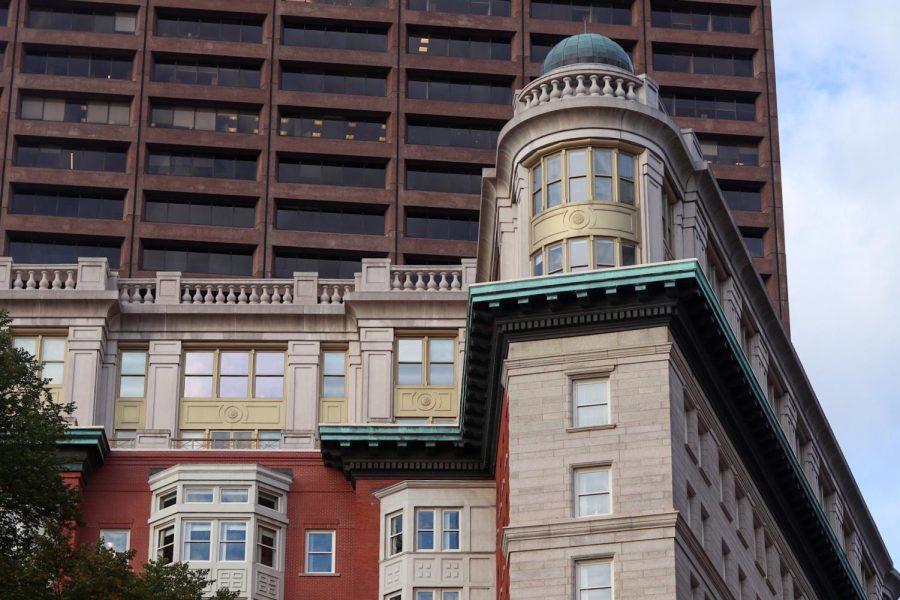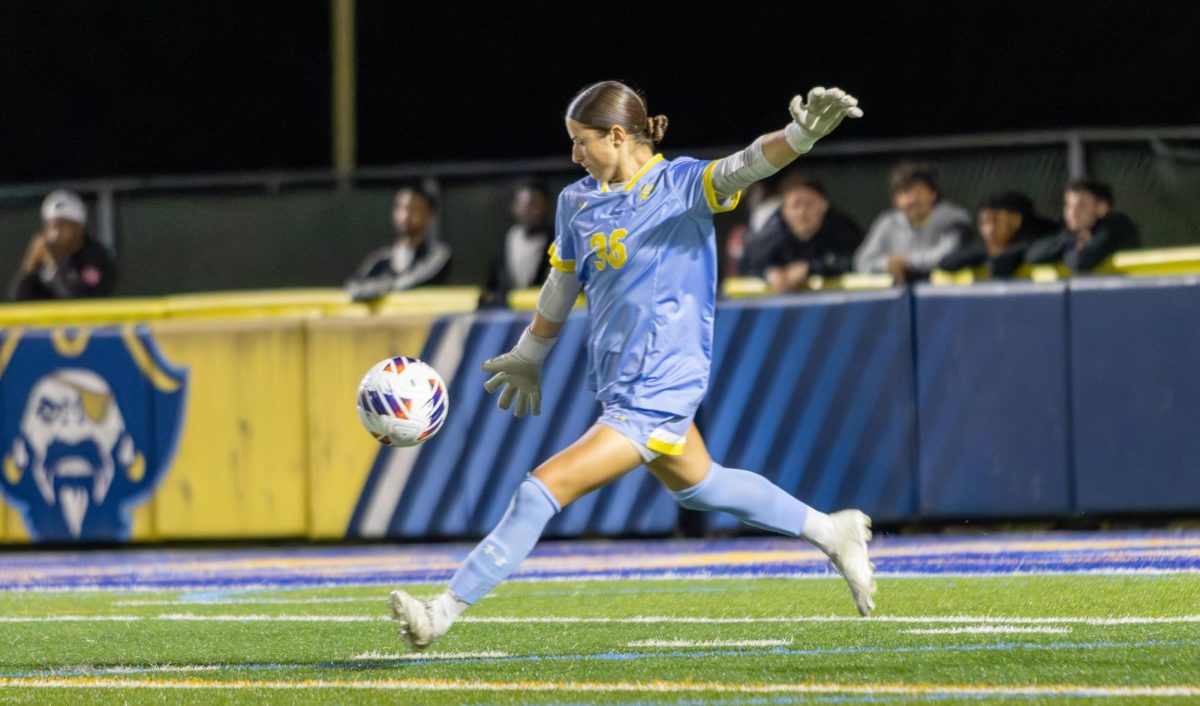Dozens of brush fires continued to burn across Massachusetts as of Dec. 10, including in the Boston area.
Many of these brush fires have been an ongoing issue for the past several months for local residents, including where many parts of land are being burned, poor air quality, the rise of smoke levels in the air and water droughts.
According to the Massachusetts Executive Office of Energy and Environmental Affairs, they have declared a level three – critical drought for most parts of the state where many locations are recording their lowest ever rainfall in the Commonwealth’s history.
Fire activity is still continuing each day across the Commonwealth, as weather continues to be on the dry side and favor wildfire development.
These effects from the fire have even caused many local schools to close and for towns and cities to cancel outdoor activities.
Salem was one of many cities who closed their schools and suspended outdoor activities in the past month due to these brush fires and the strong smokes that they bring to the air.
Massachusetts Emergency Management Agency announced Nov. 21 that during the month of November there have been 425 fires and 2,572 acres of land burnt.
The most recent wildfire activity has taken place in the North Shore of Boston where every day there seem to be sparks, according to local firefighters.
WTNH reported that the total number of fires for 2024 in Massachusetts is 1,226 and 4,202 acres have been burnt.
According to the Massachusetts Department of Fire Services, an average of 15 of those fires were reported for the month October. This year, there were 200 in October, an increase of about 1,200% over the average.
State officials say that this year has been the most challenging fire season ever in Massachusetts.
“We usually see 15 to 20 fires a month in an average October or November, but we’ve had 616 wildfires burning 1,877 acres had been reported since October,” said Department of Fire Services Public Information Officer Jake Wark. “That’s an entire year’s fire damage in less than two months.”
Based on the growth of the fires, Wark says that these will continue to provide poor ventilation rates that are going to produce moderate to heavy smoke conditions in the surrounding areas.
Some of the biggest fires that have occurred over the past few months were at the Lynn Woods, Middleton Pond and Cain Hill in Salem.
Lynn Fire Chief Daniel Sullivan was one of many firefighters who was on scene at the most extreme and dangerous brush fire that took place in the Lynn Woods Nov. 8.
Sullivan says that this was the biggest brushfire in Lynn in 30 years, with 427 acres of land burnt.
“Our fire started on a windy Friday afternoon and trees kept falling down as we tried to stop the fire,” said Sullivan.
The fire also has burned deep into the ground, where it has caused multiple trees to fall due to the fire causing smoke in the ground and hitting the roots of the trees.
The Lynn Woods fire was considered a second alarm fire where they had to call other local fire departments to come assist such as Melrose, Marblehead and Peabody.
Sullivan said he is prepared for the next outbreak as brush fires are likely to become worse.
Sullivan said even though the Lynn fire was hard to control at times, he and his department were assisted by DCR while trying to control the blaze.
“Our biggest concern right now is to try to stop the fire from sparking again but this is going to happen until we get a good soaking rain,” said Sullivan.
As dangerous as the fire was, no one was injured. Sullivan said he and his team have used leaf blowers to help maintain fire lines in patrol and mop-up the mess of the aftermath from the fire.
The area in the Lynn Woods where the fire took place is still being treated as it can spark up again at any time.
Arizona Arbour is a student at Salem State University who has been dealing with the effects from the wildfires while living on campus this year.
“For the most part the air quality has been the worst for me,” she said. “When I walk outside of my campus to go to classes, my lungs get filled with the thick smoke in the air.”
Arbour goes home on weekends due to the fact that she can not take the strong smell of the smoke in the air. Walking around on campus all day, she said the air smells like when you sit around a bonfire; there is no escaping the smoke no matter where you move.
She gets worried about going back at times, especially for her friends that live on campus because many of them have asthma issues.
“I just deal with the smoke from these fires, even though it really does hurt my throat and lungs,” Arbour said. “Many individuals on campus are wearing heavy protective masks though, which seem to work well.”
Firefighters battling the ongoing fires face additional risks to residents.
According to the Massachusetts Emergency Management Agency, both live and dead trees within active fire perimeters are an increasing risk to firefighters.
“Dead and burning trees are already posing a serious hazard to firefighters and residents because they can fall over without warning, but a burned-out root system makes this even more likely,” said Wark.
He said at least three Massachusetts firefighters have been injured by falling trees and limbs, while others have suffered smoke inhalation and exhaustion.
“These fires are dangerous and potentially deadly to both our residents and firefighters,” said Wark.
Nearby residents in other cities and towns in the North Shore have also been affected by these wildfires.
Alivia Alberti is a Peabody resident who has struggled with the fires’ impact on daily life.
“The smoke and air quality issues are noticeable here in Peabody,” she said. “The smoke has been the biggest issue for us.”
Alberti and her family had to limit outdoor activities and keep the windows shut to avoid letting in smoky air to their home.
“Many of my family members with asthma experience are having breathing difficulties now due to these wildfire outbreaks,” she said.
Alberti was shocked to see these fires near her area and was worried that one would soon erupt in Peabody.
“Wildfires aren’t something we usually associate with Massachusetts, so it feels strange and concerning,” she said. “It makes you think about how unpredictable things can be with climate change.”
As wildfires tend to rise and threaten lives of residents, the American Lung Association suggests that residents know that the smoke fires produce can affect everyone. They spread air pollution thousands of miles away causing breathing difficulties in even healthy individuals, children, older adults and those with heart disease, diabetes, asthma, COPD and other lung diseases.
Many cities and towns on the North Shore are considered built up areas, including Lynn where surrounding cities produce consistent foot traffic.
Firefighters in the Lynn Fire Department say that due to many people coming and going in Lynn, they are seeing an increase in discarded material that is likely to cause more brush fires in the area.
Sullivan says he has noticed that many residents are not properly disposing of their leaves and are burning fuels outside. The city of Lynn currently bans any type of campfires or outdoor fire pits but residents continue to do so.
“Many residents are blowing their leaves into woodland areas and other crapings but once that happens it causes for fuel to increase and causes a spark of fire to potentially occur,” he said.
According to a Massachusetts Emergency Management Agency letter Nov. 21, there has been a continuing rise in leaf drop remains. This is becoming the number one challenge for fire crews in maintaining perimeter control around most fires where foliage has yet to completely drop.
“Our goal is to educate the public more on how to get rid of their leaves properly, as this is becoming one of the biggest factors of these brush fires being caused,” Sullivan said.
The Massachusetts Department of Public Health and MassWildlife has compiled a range of resources designed to help residents, patients and health professionals to navigate the health risks associated with the wildfire smoke.
“Massachusetts will continue to be under a red flag warning and fire weather will continue to present a severe fire risk,” said Wark. “We won’t be out of the woods until we have a few days of steady, soaking rain that gets past the surface fuels and deep into the ground.”


